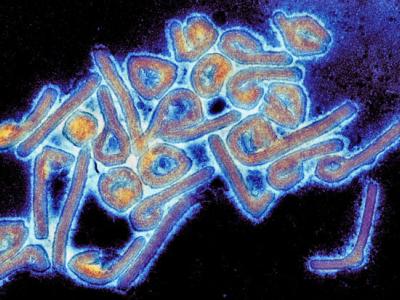Patients hospitalized with severe flu infections and who have high-risk underlying health conditions benefit from combination treatment of baloxavir and a neuraminidase inhibitor (NAI) compared to a NAI alone, researchers from Beijing reported recently in a post-hoc analysis of data from an earlier key trial that looked at combination therapy in the general severe flu population.

The authors, who recently published their findings in Open Forum Infectious Diseases, said the findings are notable, because earlier clinical studies have not found advantages for the combination therapy in hospitalized flu patients overall. Baloxavir marboxil, an endonuclease inhibitor, has a different mechanism of action than NAIs.
For the study, they analyzed a subgroup of 143 patients hospitalized with severe flu who had at least one high-risk underlying condition, which included immunosuppression, diabetes, or chronic lung disease. Of those, 92 received baloxavir along with an NAI (dual therapy) and 51 who received just an NAI (monotherapy). The team’s endpoints were time to clinical improvement (TTCI), 28-day mortality, virological outcomes, and safety.
Significant reduction in deaths
They found that though the TTCI did not vary significantly between the groups, it was shorter in those infected with influenza A H3N2. Older people and those with underlying health conditions are known to be at increased risk from H3N2 complications.
Notably, the dual therapy group had significantly lower 28-day mortality compared to their monotherapy peers, and dual therapy was associated with a shorter viral shedding time, along with a significantly greater reduction in the adjusted mean change in virus titer from baseline to day 2. The rate of serious adverse events was similar between the two groups.
“Severe patients with high-risk conditions infected with influenza H3N2 may benefit most from dual antiviral therapy with baloxavir and NAI,” the group wrote. “However, due to the underpowered sample size in the viral subgroups, no definitive conclusions can be drawn.” They also noted that for the high-risk group with severe flu, mortality could be a more suitable endpoint for gauging the efficacy of dual therapy.













